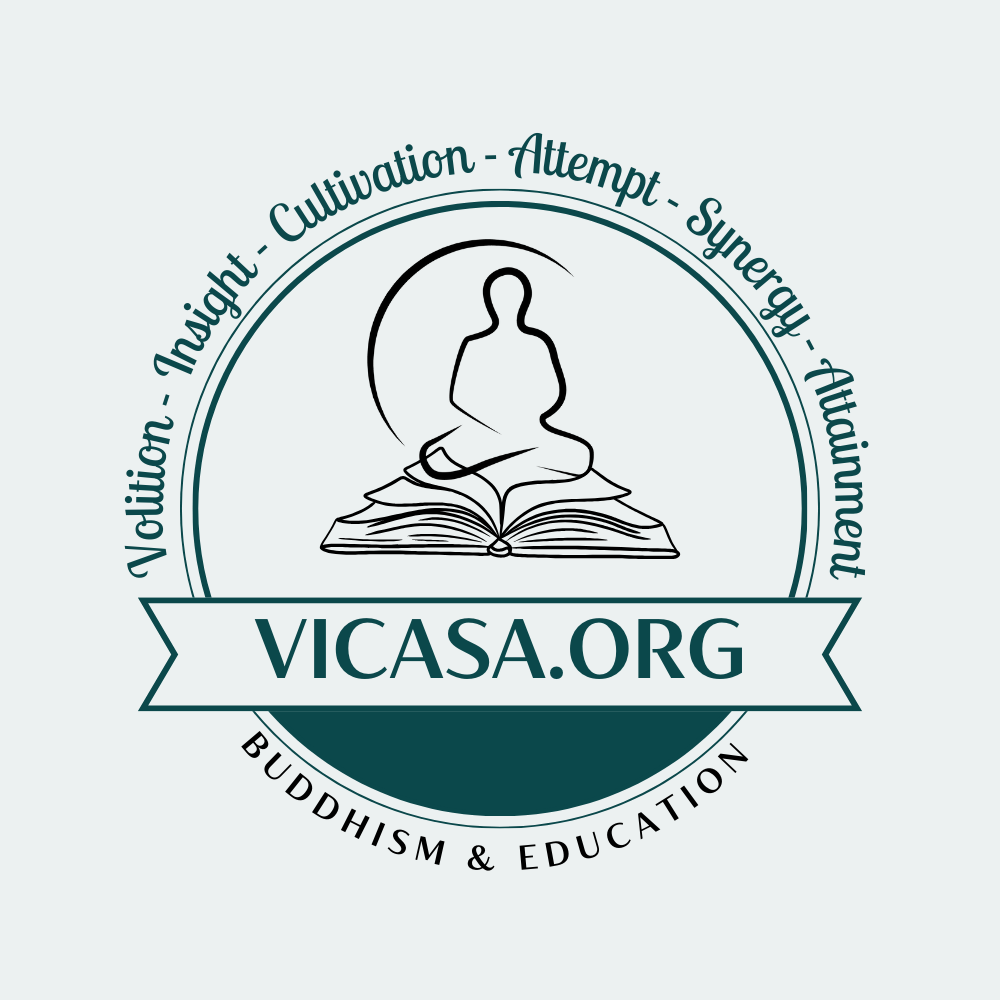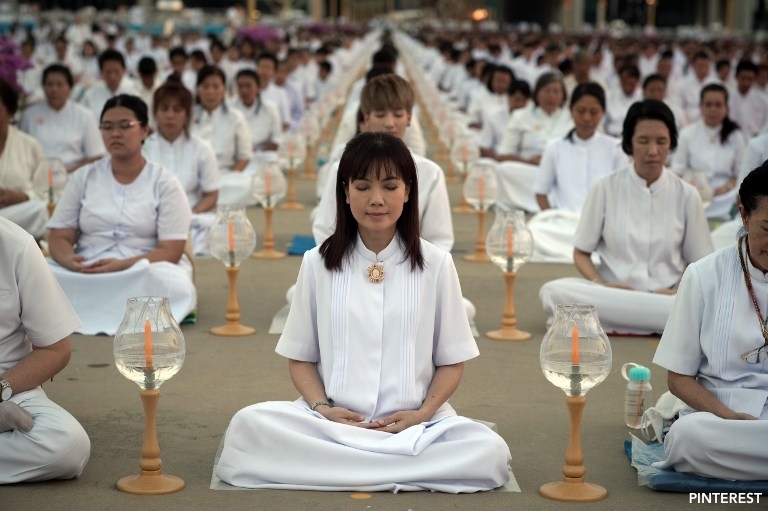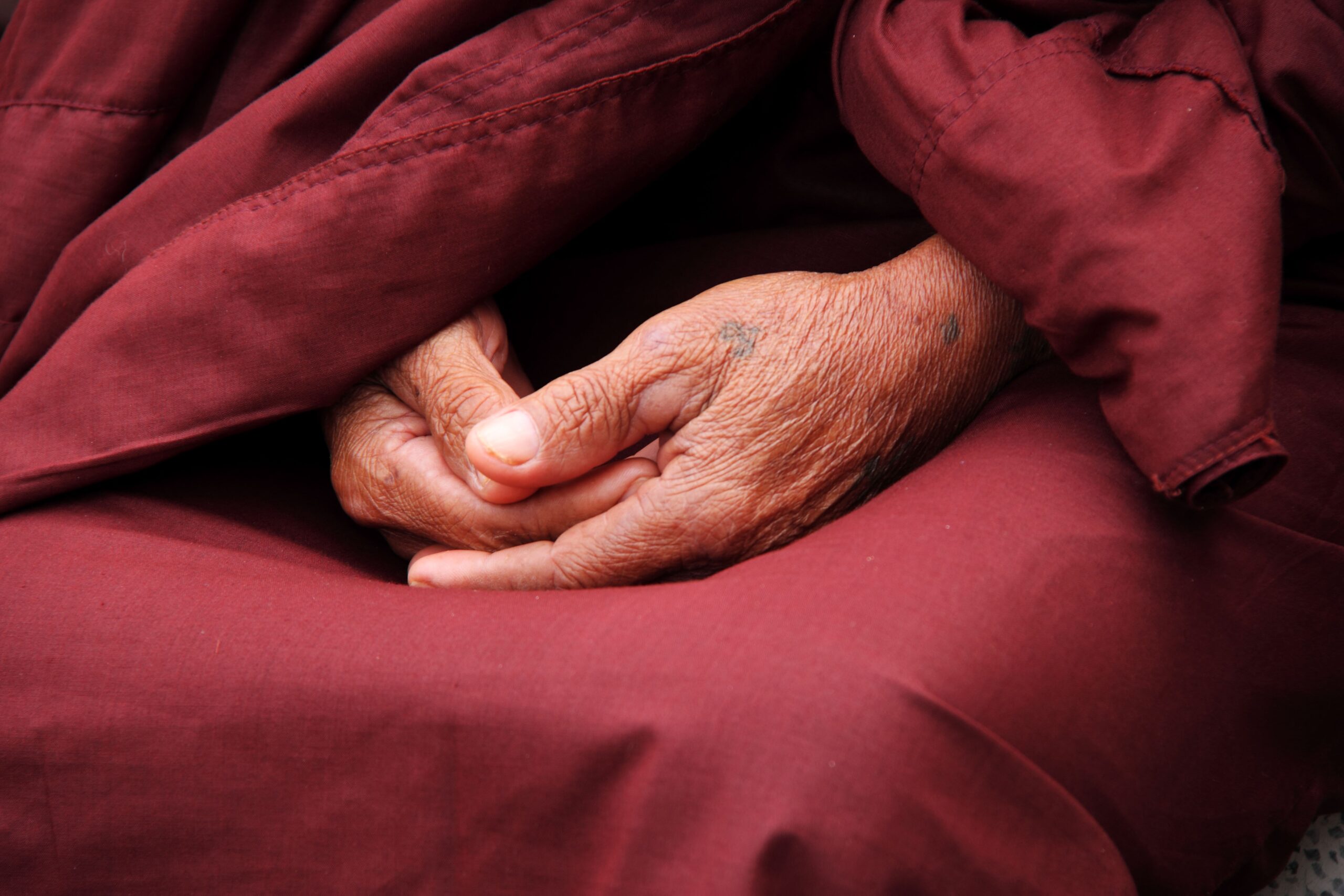Samatha Meditation
Samatha Meditation is so-called tranquility, stillness, or concentration meditation.
Practitioners Must Develop Concentration
To be able to see the individual types of materiality of individual rūpa-kalāpas is to be able to see ultimate materiality, and that requires strong and powerful concentration. Only strong and powerful concentration is able to know and see things as they really are.[1] It is explained by The Buddha in, for example, the ‘Samādhi’ sutta (‘The Concentration Sutta’) of the ‘Sacca-Saṁyutta’ (‘Section on the Truths’):[2]
Develop concentration (samādhi), bhikkhus. Concentrated (samāhito), bhikkhus, a bhikkhu understands according to reality (yathābhūtaṁ pajānāti). And what does he understand according to reality?
- (1) He understands ‘This is suffering’ according to reality;
- (2) He understands ‘This is the origin of suffering’ according to reality.
- (3) He understands ‘This is the cessation of suffering,’ according to reality.
- (4) He understands ‘This is the path leading to the cessation of suffering’ according to reality.
Develop concentration (samādhi), bhikkhus. Concentrated (samāhito), bhikkhus, a bhikkhu according to reality understands.
That is why, Pa-Auk teaches first to develop the strong and powerful concentration of the jhānas (absorption concentration (appanā-samādhi)) using, for example, mindfulness-of-breathing (ānāpāna-sati) and the ten kasiṇas, or access concentration (upacāra-samādhi)[3] using four-elements meditation (catu-dhātu vavatthāna).[4]
Notes:
[1] This is what is called vipassanā-basis jhāna (vipassanā-pādaka-jhāna): see footnote 334, p. 173. It is mentioned in many suttas, for example, D.i.2 ‘Sāmañña-Phala-Suttaṃ’ (‘The Asceticism-Fruit Sutta’). There, The Buddha explains how the bhikkhu develops the four jhānas, and then: ‘With consciousness thus concentrated (samāhite citte), purified (parisuddhe), cleansed (pariyodāte), unblemished (anaṅgaṇe), with contaminations gone (vigat-ūpak-kilese), become flexible (mudu-bhūte), wieldy (kammaniye), fixed (ṭhite), attained to imperturbability (āneñja-ppatte), he directs and turns his consciousness towards knowledge and vision (ñāṇa-dassananāya cittaṃ abhinīharati abhininnāmeti).’
[2] S.V.XII.i.1 ‘The Concentration Sutta’
[3] For a discussion about the different types of concentration, see Q&A 3.1, p.95.
[4] For mindfulness-of-breathing, see ‘How You Develop Mindfulness-of-Breathing’ p.33ff, for the ten kasiṇas, see ‘How You Develop the Ten Kasiṇas’, p.61ff; for four- elements meditation, see ‘How You Develop Four Elements Meditation’, p.116ff.
Knowing and seeing – Pa Auk Sayadaw


